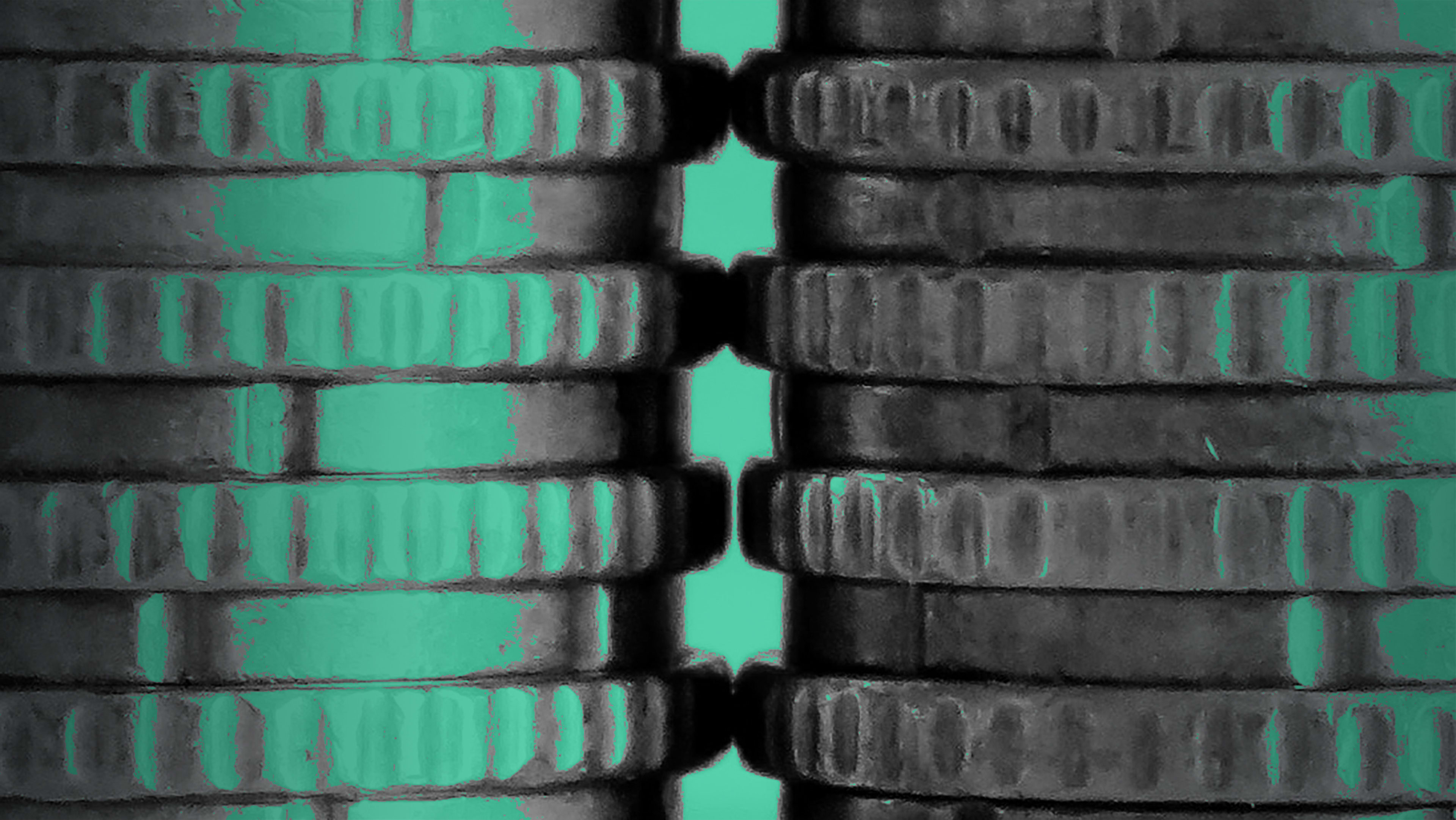This story was updated on December 14, 2018, 10:46 a.m. with comment from SIPC
Robinhood, the brokerage app known for its popularity among millennials, is getting into more traditional consumer banking with the launch of a new checking and savings account. To draw in more customers, the company is offering a 3% interest rate on those accounts—a basically unheard-of rate.
The existing app allows consumers to buy and sell stocks with no minimums and no fees. The new product is a big push to expand Robinhood’s existing client base. Robinhood customers will also have access to 75,000 ATMs and around-the-clock customer service. Customers can mail checks, make mobile deposits, and withdraw cash from the account like they would any other. Sometime next year, the company plans to launch bill pay.
Robinhood’s cofounder and CEO Baiju Bhatt, says the company is insuring these accounts through the Securities Investor Protection Corporation, rather than the Federal Deposit Insurance Corporation, which insures most traditional bank accounts. According to SIPC’s website the insurer covers up to $500,000, which includes $250,000 in cash, at a “financially-troubled” member brokerage firm.
“It is important to recognize that SIPC protection is not the same as protection for your cash at a Federal Deposit Insurance Corporation (FDIC) insured banking institution because SIPC does not protect the value of any security,” the site reads.
That may be cause for concern. “SIPC protects cash that is deposited with a brokerage firm for one limited purpose … the purpose of purchasing securities,” Stephen P. Harbeck, president and CEO of SIPC, wrote via email. “Cash deposited for other reasons would not be protected. SIPC does not protect checking and savings accounts since the money has not been deposited for a protected purpose.” Which means that unless the cash being held in an account is explicitly there to buy stock, it is not protected. General cash savings is not protected by SIPC.
Money markets can go BK and investors can lose money in them. #Robinhood should have a disclaimer explaining that their checking and savings accounts have risk and are NOT guaranteed like a FDIC banking institution. @SEC_Investor_Ed
— Ross Gerber (@GerberKawasaki) December 13, 2018
Robinhood has yet to respond to a request for comment on SIPC’s statement.
In the four years since its launch, the broker has accumulated 6 million accounts. It’s still a relatively low number when compared with industry veterans like Fidelity, which manages 26.7 million accounts. But Robinhood has enjoyed the benefits of organic growth.
“Our cost of acquisition is literally a tenth of what our competitors pay, and when we enter into competing with traditional banks with checking and savings, our cost of acquisition will be one-hundredth or one-thousandth of what they pay,” says Baiju Bhatt, cofounder and CEO of Robinhood.
It’s true that banks spend a lot on getting new customers. In 2017, Chase Bank spent $949 million on marketing, according to a February analysis by marketing consultant EMI Boston. The year it launched its checking and savings product Marcus, Goldman Sachs spent $111 million on marketing, a 270% jump from 2016.
In the last several years, banks have been eager to challenge upstart fintech companies with their own updated apps and tech innovations like JPMorgan Chase’s all-digital bank Finn, BBVA’s acquisition of online bank Simple, and Early Warning’s Venmo competitor Zelle.
Meanwhile, these competing startups—many of which started with one standout product—have continued to expand in such a way that they’re starting to look like more traditional banks. PayPal, which started out as a way to make purchases on eBay, is now a company that offers everything from spending and credit accounts to remittances. Customers of Qapital, originally an automated savings app, now have debit card-linked savings accounts and the ability to invest.
Likewise, the Robinhood announcement is more than just checking and savings; it’s a step toward becoming a bona fide bank. Robinhood has not yet gone through the process of obtaining a bank charter, but its CEO says that it could in the future.
Recognize your brand’s excellence by applying to this year’s Brands That Matter Awards before the final deadline, June 7.
Sign up for Brands That Matter notifications here.
